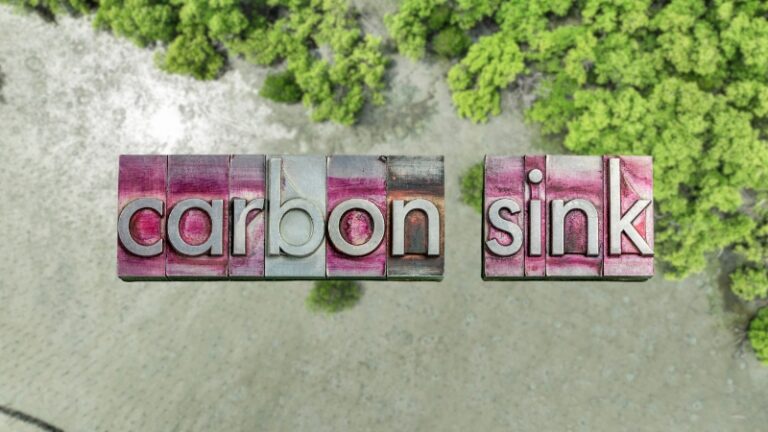Climate change is not a distant threat—it’s happening now, accelerating in ways many once thought would take centuries.
A critical piece of this puzzle revolves around carbon sinks—natural systems that capture and store carbon dioxide (CO₂) from the atmosphere.
These sinks have acted as buffers against the worst effects of human-induced emissions. However, emerging evidence shows that many of these vital systems are weakening or flipping entirely, turning from carbon sinks into carbon sources.
When this happens, the consequences are profound, cascading across environmental, economic, and social dimensions.
What Are Carbon Sinks?
A carbon sink is any system—natural or artificial—that absorbs more carbon than it emits. These systems play a vital role in regulating Earth’s climate by removing carbon dioxide from the atmosphere and storing it, sometimes for millennia.
The primary natural carbon sinks include:
- Forests: Through photosynthesis, trees and plants absorb CO₂ and store it in their biomass (trunks, roots, leaves).
- Oceans: Marine organisms, seawater, and seafloor sediments absorb a significant portion of atmospheric CO₂.
- Soil: Organic matter within the soil sequesters large amounts of carbon.
- Wetlands and peatlands: These water-saturated landscapes store carbon in their deep, oxygen-poor soils.
Without these sinks, atmospheric CO₂ levels—and thus global temperatures—would be dramatically higher.
What Does It Mean When a Carbon Sink Becomes a Carbon Source?
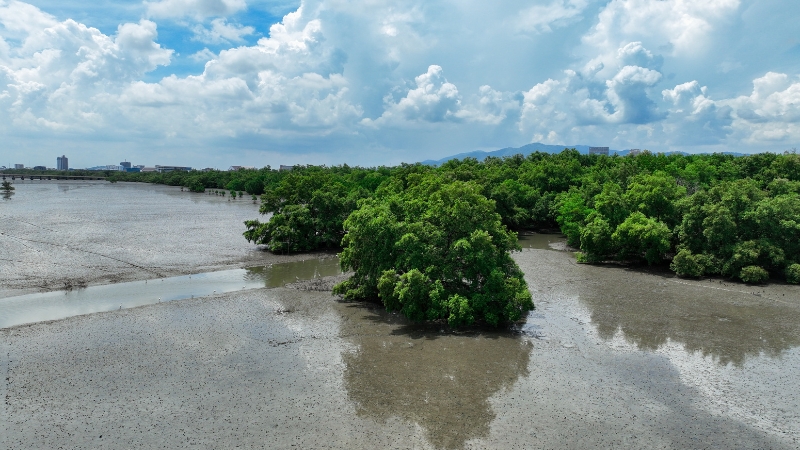
When a carbon sink becomes a carbon source, it starts releasing more carbon into the atmosphere than it absorbs, according to Client Earth.
This reversal can happen due to a range of factors, including human activity (like deforestation and pollution) and climate-induced stresses (such as drought, warming temperatures, and wildfires).
Instead of mitigating climate change, these former sinks start accelerating it, creating a dangerous feedback loop that exacerbates global warming.
There are several key reasons why this dangerous transition can occur:
Human Activity
Activities such as deforestation, intensive agriculture, land-use change, and industrial pollution damage ecosystems that traditionally acted as strong carbon sinks.
Cutting down forests, draining wetlands, and overharvesting land not only stops these ecosystems from absorbing carbon but often releases the carbon stored in plants, soils, and sediments back into the atmosphere.
Climate-Induced Stresses
“Climate-induced stresses lead to resource scarcity, displacement & heightened competition over diminishing resources, which can fuel social tensions & contribute to violent extremism” said DSRSG Barrie Freeman @ the design workshop on #Climate #Security and #Violent #extremism pic.twitter.com/bR0oJUAOcb
— UNOWAS (@UN_UNOWAS) July 29, 2024
Rising global temperatures, prolonged droughts, intensifying wildfires, and other extreme weather events also weaken the ability of carbon sinks to function. Warmer conditions can dry out forests and peatlands, making them more prone to burning.
Higher ocean temperatures reduce the solubility of CO₂ in water, and acidified oceans disrupt the food webs that play a role in carbon capture.
When these pressures accumulate, former carbon sinks flip:
- Forests that once absorbed millions of tonnes of carbon each year may start emitting it after massive fires.
- Soils that once locked away organic carbon may release it as temperatures rise.
- Oceans that once buffered atmospheric CO₂ may slow their uptake or even start releasing stored carbon from warming waters.
The most dangerous aspect of this shift is that it accelerates global warming rather than slowing it down. Instead of acting as brakes on climate change, former carbon sinks begin fueling it. This can create feedback loops where warming triggers more emissions, leading to even more warming—a cycle that becomes increasingly difficult to stop.
For example:
- Thawing permafrost releases methane and carbon dioxide, intensifying the greenhouse effect and causing even more thawing.
- Drought-stressed forests become more vulnerable to pests and fires, releasing more carbon, making droughts worse, and further degrading the forest ecosystem.
This is not just a minor adjustment in the Earth’s carbon budget. Scientists warn that losing major carbon sinks could push the climate system toward irreversible tipping points, where rapid, uncontrollable changes occur across ecosystems, weather patterns, and sea levels.
In short, when carbon sinks become carbon sources, it reverses a critical planetary safety mechanism and dramatically speeds up the progression of climate change, making mitigation efforts far more urgent and complex.
How and Why Carbon Sinks Are Becoming Carbon Sources
Forests, particularly tropical rainforests like the Amazon, have historically been powerful carbon sinks. But widespread logging, agricultural expansion, and fires are degrading these ecosystems. Research shows that parts of the Amazon now emit more CO₂ than they absorb. When trees are cut down or burned, the carbon stored in their biomass is released into the atmosphere. Additionally, degraded forests have reduced capacity to regrow and absorb carbon in the future. Oceans absorb around 25–30% of human CO₂ emissions. However, warmer oceans are less efficient at absorbing CO₂, as noted by the United Nations. Furthermore, CO₂ dissolving into seawater forms carbonic acid, leading to ocean acidification that harms marine organisms like phytoplankton, coral reefs, and shellfish—all key players in the marine carbon cycle. As oceans warm and ecosystems collapse, their role as a carbon sink diminishes. In some cases, warming oceans may even start releasing previously stored carbon. Permafrost is frozen soil found mainly in the Arctic. It contains vast amounts of organic carbon accumulated over thousands of years. As global temperatures rise, permafrost thaws, allowing microbes to break down this organic matter and release CO₂ and methane (CH₄), a greenhouse gas even more potent than CO₂. Estimates suggest that thawing permafrost could release hundreds of gigatons of carbon, creating an unstoppable feedback loop that dramatically increases global temperatures. Wildfires are a natural part of many ecosystems, but their frequency, intensity, and size are increasing due to human activity and climate change. Fires release enormous amounts of carbon that had been stored in forests and peatlands. In 2020, wildfires in Siberia, the United States, and Australia alone released more than 1.7 billion tonnes of CO₂. In some regions, the scale of burning has permanently shifted ecosystems from forests to grasslands, fundamentally changing their carbon dynamics. The flipping of carbon sinks into carbon sources has profound, multi-layered consequences: If major carbon sinks like forests, oceans, and permafrost release massive amounts of carbon, it could trigger runaway climate change, a situation where warming feeds on itself in an uncontrollable spiral. As ecosystems degrade, species lose their habitats. The Amazon Rainforest, often called the “lungs of the Earth,” is home to one in ten known species on the planet. As carbon sinks degrade, cascading species extinctions will accelerate. Biodiversity loss weakens ecosystem resilience, making it even harder for ecosystems to recover and continue functioning as carbon sinks. Higher CO₂ concentrations enhance the greenhouse effect, raising global temperatures. This leads to more frequent and severe droughts, hurricanes, wildfires, floods, and heatwaves, causing immense human suffering and economic loss. The degradation of carbon sinks threatens agriculture, fisheries, forestry, and many other sectors. A destabilized climate could cost the global economy trillions of dollars annually through lost productivity, disaster recovery costs, and mitigation efforts, according to Reuters. As environmental conditions worsen, food and water insecurity will grow, forcing people to migrate. Developing countries, which are often least responsible for emissions, are the most vulnerable to these disruptions. Conserving forests, wetlands, grasslands, and marine ecosystems is critical. Governments, corporations, and communities must prioritize land stewardship and enforce anti-deforestation laws. Example: Indigenous land management practices have been shown to maintain healthier forests and stronger carbon storage. Reforestation, afforestation, and soil restoration projects can rebuild the carbon-sequestering capabilities of damaged ecosystems. However, planting trees is not a substitute for preserving existing forests. Mature forests store far more carbon than newly planted ones. The fewer emissions we produce, the less pressure we place on natural systems. Transitioning to renewable energy, improving energy efficiency, reforming agriculture, and changing consumption patterns are all essential. Direct air capture, bioenergy with carbon capture and storage (BECCS), and enhanced weathering are promising but still limited by cost, scalability, and energy needs. They should complement, not replace, natural carbon sink preservation. The Paris Agreement was adopted in 2015 to strengthen the global response to the threat of climate change.💡 But how can countries implement it? And what are its compliance mechanisms? Find out these and more answers here 👉https://t.co/5PgVKMwdq1 pic.twitter.com/Hqz8k7TJN1 — UN Climate Change:Learn (@uncclearn) March 7, 2024 Climate change is a global problem requiring a global response. International agreements like the Paris Agreement must be strengthened and enforced. Wealthier nations must support poorer nations financially and technically to protect global carbon sinks. The world’s natural carbon sinks are not invincible. Pushed too far, they can turn against us, releasing carbon rather than absorbing it. When carbon sinks become carbon sources, we cross into a far more dangerous climate territory—one where human intervention may no longer be enough to restore balance. We are already seeing early warning signs: sections of the Amazon Rainforest emitting carbon, thawing permafrost bubbling with methane, and oceans reaching their saturation point. These are alarms we cannot afford to ignore. Protecting and restoring carbon sinks is not optional. It is one of the most urgent priorities of our time—essential for stabilizing the climate, preserving biodiversity, and securing a livable future for generations to come.
Carbon Sink
Current Issue
Key Statistic
Amazon Rainforest
Deforestation, fires, drying
Some parts now emit more CO₂ than they absorb
Arctic Permafrost
Thawing due to rising temperatures
Contains ~1,500 gigatons of carbon
Global Oceans
Warming, acidification reduce CO₂ uptake
Absorb ~25–30% of anthropogenic CO₂ emissions
Australian Bushlands
Massive wildfires are releasing carbon
2019–2020 fires released ~715 million tonnes of CO₂
Boreal Forests (Canada, Russia)
Increased fires, pest outbreaks
Wildfires emit CO₂ equivalent to 20–25% of human emissions yearly in boreal regions
1. Deforestation and Degradation of Forests
2. Ocean Changes Due to Warming and Acidification
3. Melting Permafrost
4. Wildfires
The Consequences of Carbon Sinks Becoming Sources
1. Runaway Climate Change
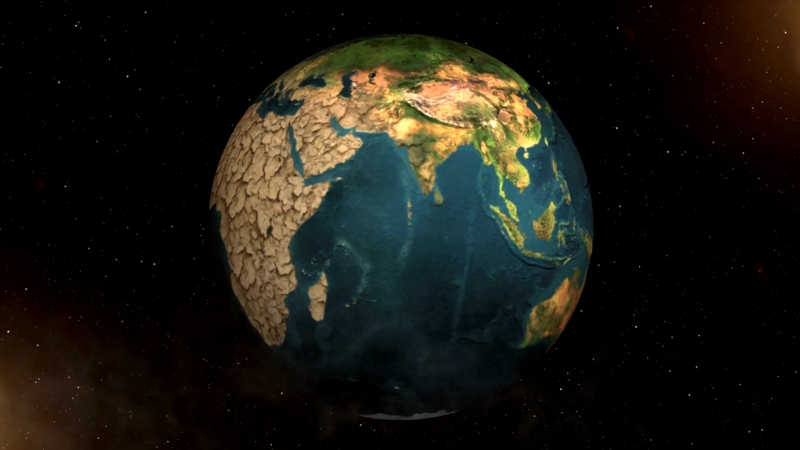
2. Loss of Biodiversity
3. More Extreme Weather Events
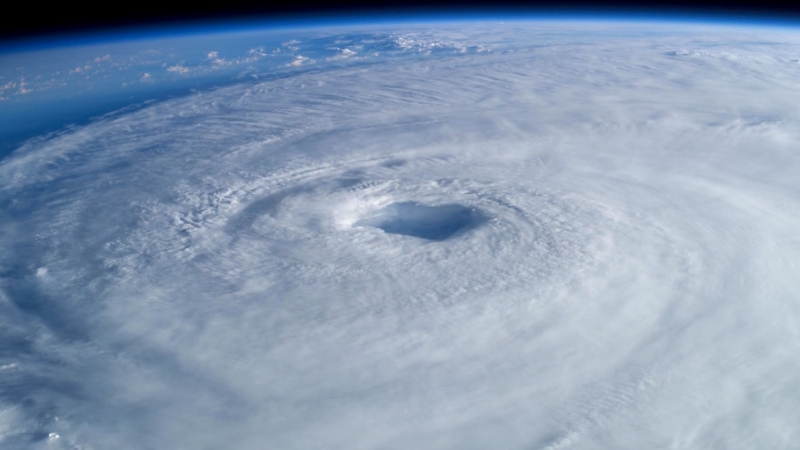
4. Economic Impacts
5. Increased Human Displacement and Inequality
Can We Prevent Carbon Sinks from Becoming Carbon Sources?
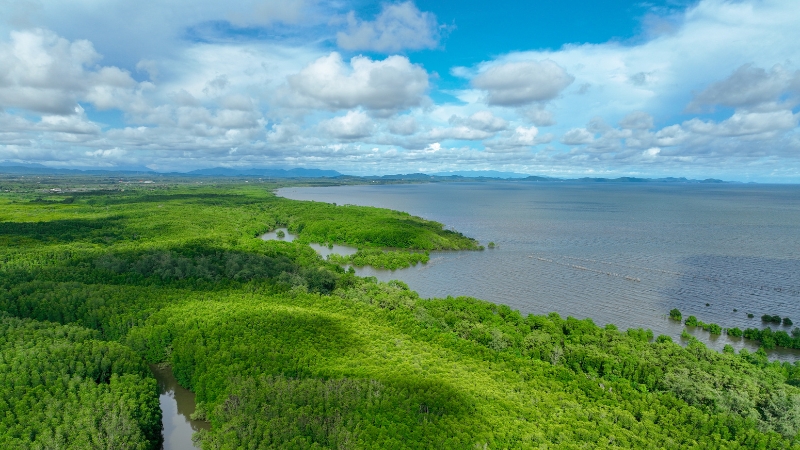
1. Protect Existing Carbon Sinks
2. Restore Degraded Ecosystems
3. Reduce Greenhouse Gas Emissions Rapidly
4. Innovate with Carbon Removal Technologies
5. International Cooperation and Policy Enforcement
Conclusion

